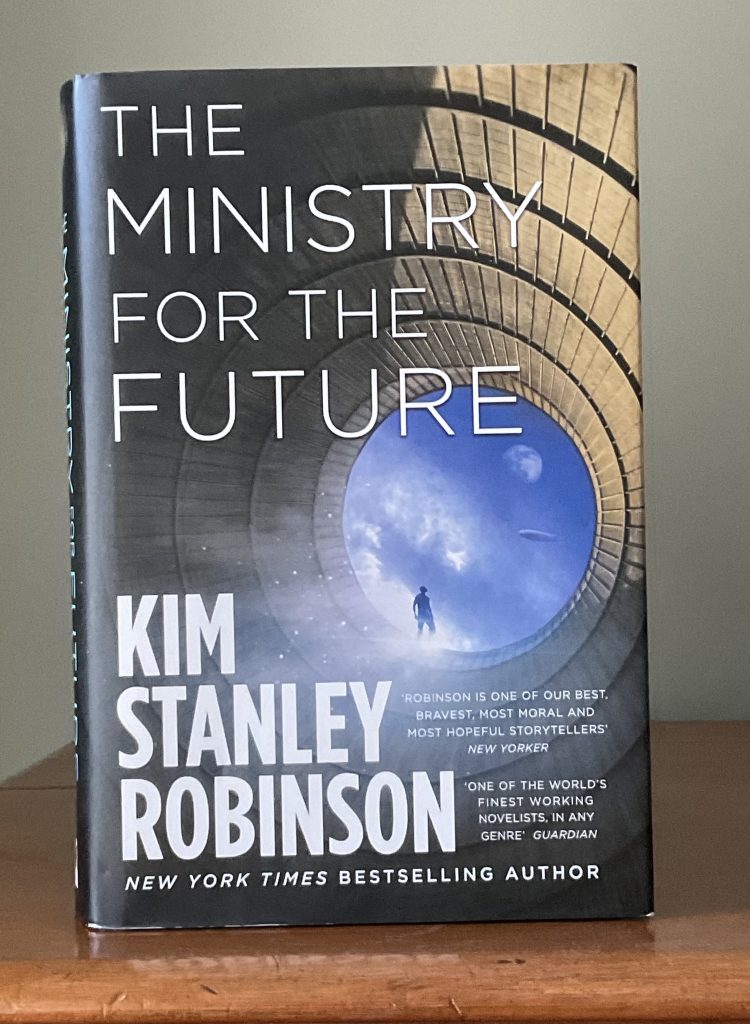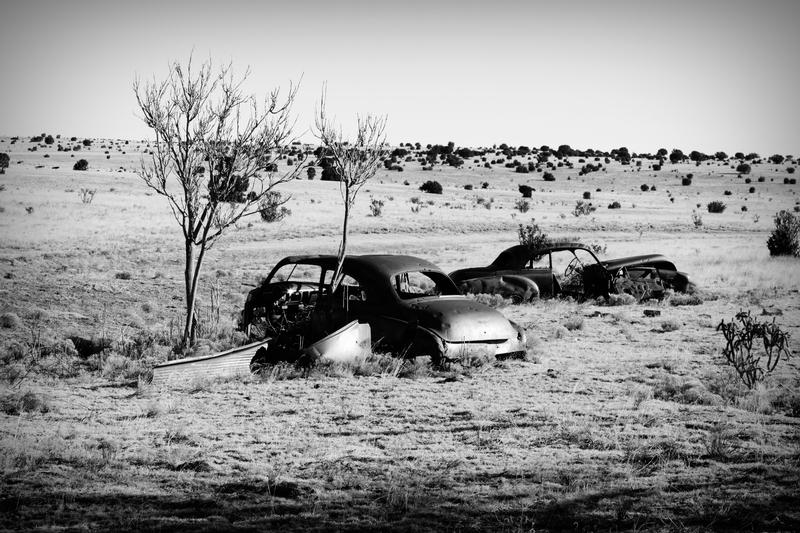In the first of a series of book reviews as part of our Riversmeet Blog, Richard Bradbury looks at Kim Stanley Robinson’s recent book ‘The Ministry for the Future’.

Kim Stanley Robinson’s “The ministry for the future” is a substantial work, in many senses of that word. At over 550 pages, it demands patience from its readers. But it is also substantial in another, and more important, way. Because it is a book about not only the climate disaster in which we are now living but also about a possible future in which we – the readers of the book, but also the characters – try to redress this present disaster.
It is also a novel that situates itself in a particular tradition of fiction. As I read it I was reminded of a series of novels these days much neglected. Novels written between about 1890 and 1940, in which two processes take place. Books like John Steinbeck’s “The grapes of wrath”, Upton Sinclair’s “The jungle” or Frank Norris’s novels. First of all, there is a range of voices and registers. The present example ranges from Syrian refugees trapped for years in camps, a man all but destroyed by the experience of a wet-bulb event, some of the the fundamental particles of the physical universe, the sun, and history. And a whole lot more besides. Secondly, the movement between the fictional arcs of the novel and a sober account of realities. The novels of that half-century already referenced attempted to explain the social realities they encountered – prostitution, the rise of department stores, the role of banks in a Depression, slaughterhouses, and much else besides.

There are two obvious tensions here. By including the wide range of voices, Kim Stanley Robinson is always going to run the risks of irritating the reader. But then Tolstoy also ran that risk. And the latter approach goes against one of the great nostrums of creative writing teaching: “show don’t tell”.
And yet, as the writers of the earlier period understood and the critic Barbara Foley has argued, sometimes ‘tell’ is a potentially effective method in the context of extreme urgency.
To rule out of court didactic intent not only limits the domain of literary expression but also ignores the extent to which texts voicing values and beliefs consonant with dominant ideologies routinely engage in a substantial amount of telling. This telling is simply unrecognised as such.
And what could be more urgent than the climate catastrophe? And in a moment consonant with the present climate emergency, some of the passages I most clearly recall from John Steinbeck’s “The Grapes of Wrath” and its account of the Oklahoma Dustbowl are those which are brazenly and unapologetically factual in their telling. Kim Stanley Robinson is equally eloquently direct and, yes, didactic at times in this novel of the climate future. Because, as this book and so many other sources have demonstrated, climate is everything. We are, as Virginia Woolf wrote in another but related context, walking along a sidewalk beside the abyss.

One of Kim Stanley Robinson’s other concerns, both here and in other writing, is thinking about how we think in other contexts. In a recent essay for the “Financial Times” he outlines both the possibility and the difficulty of this.
Each moment in history has its own “structure of feeling”, as the cultural theorist Raymond Williams put it, which changes as new things happen. When I write stories set in the next few decades, I try to imagine that shift in feeling, but it’s very hard to do because the present structure shapes even those kinds of speculations.
It is a problem that I have addressed elsewhere. When writing about the past in ways that connect that specific past moment to the present. It is too easy to reduce this to the avoidance of anachronism and I want to replace that with the idea of framing. We cannot think in the past or the future, but we can frame that thinking within the present. Because all three timeframes do not exist as entirely separate from one another. Indeed, this is often part of the problem. Best exemplified by that pernicious phrase, “there is no alternative”. Against which I now want to argue by suggesting, first, that it is a philosophy of despair. If there really is no alternative to an economy in which growth for profit is the core value then we are, frankly, fucked. If there really is no alternative to a fossil fuel driven economy then we are, frankly, fucked. But neither of these propositions are true, or even remotely accurate. It is in the acknowledgement of this that the triumph of Kim Stanley Robinson’s novel resides – that it imagines, within the framework of the present possible, a future in which we are not …. Frankly, fucked.
Kim Stanley Robinson doesn’t expect us to agree with everyone of his suggestions and arguments, and that’s just as well because I don’t. Those arguments are for another day and in another place. And he doesn’t see his plan – I think – as the only future possibility. His sly aside towards the end of the book about Charles Fourier’s penchant for blueprinting and regimenting Utopia should warn us about that. But he does offer possibilities of hope. With that, I do agree because despair and fear have never been good foundations for imagining another future.

This is a fine review – and in the best tradition of reviewing has grace and ideas in the writing that compliment the original book. We’re all looking for ways out of/around/through the looming climate crisis and the this puts wind in the sales of the book ( pun and misspell deliberate, hoping it makes up for a dodgy analogy).